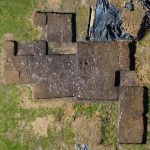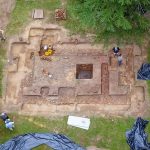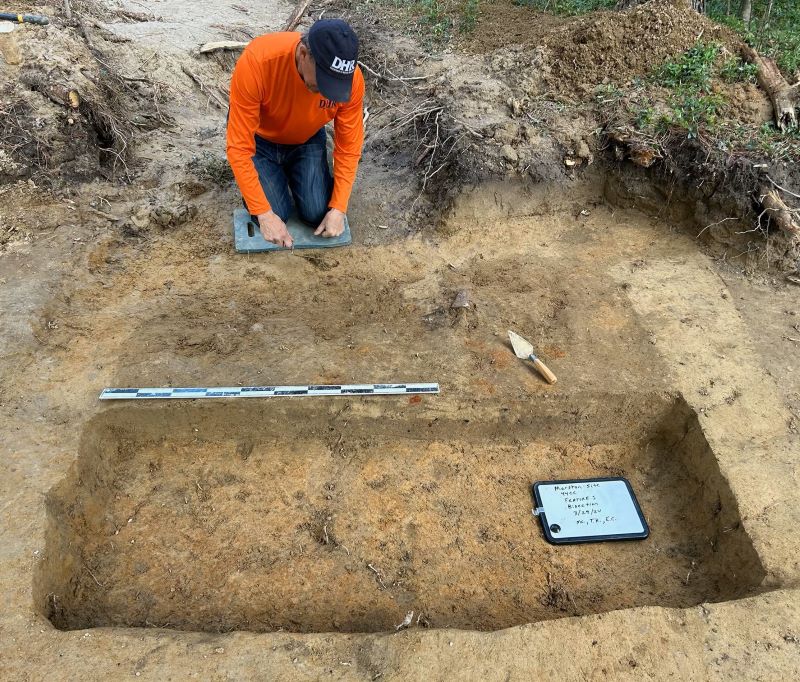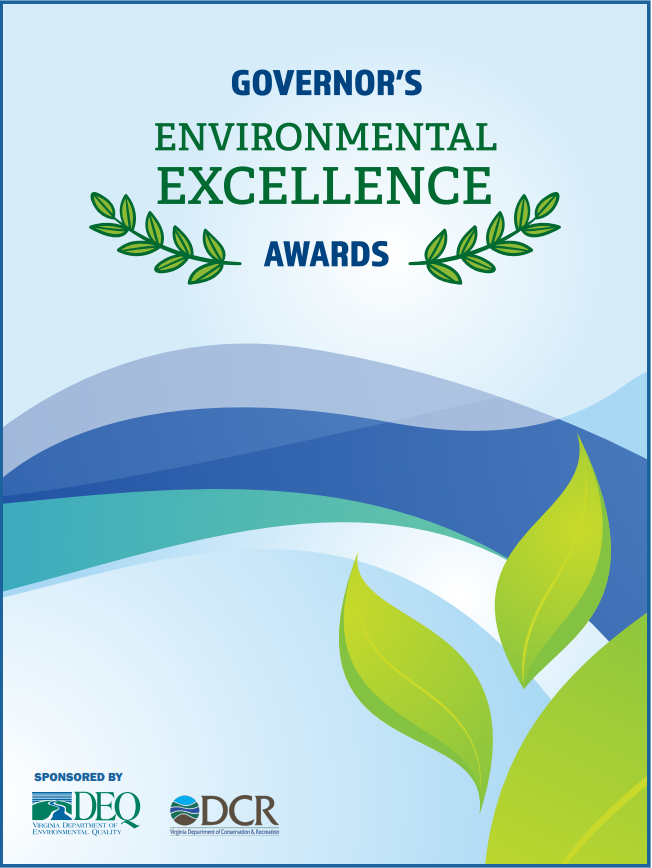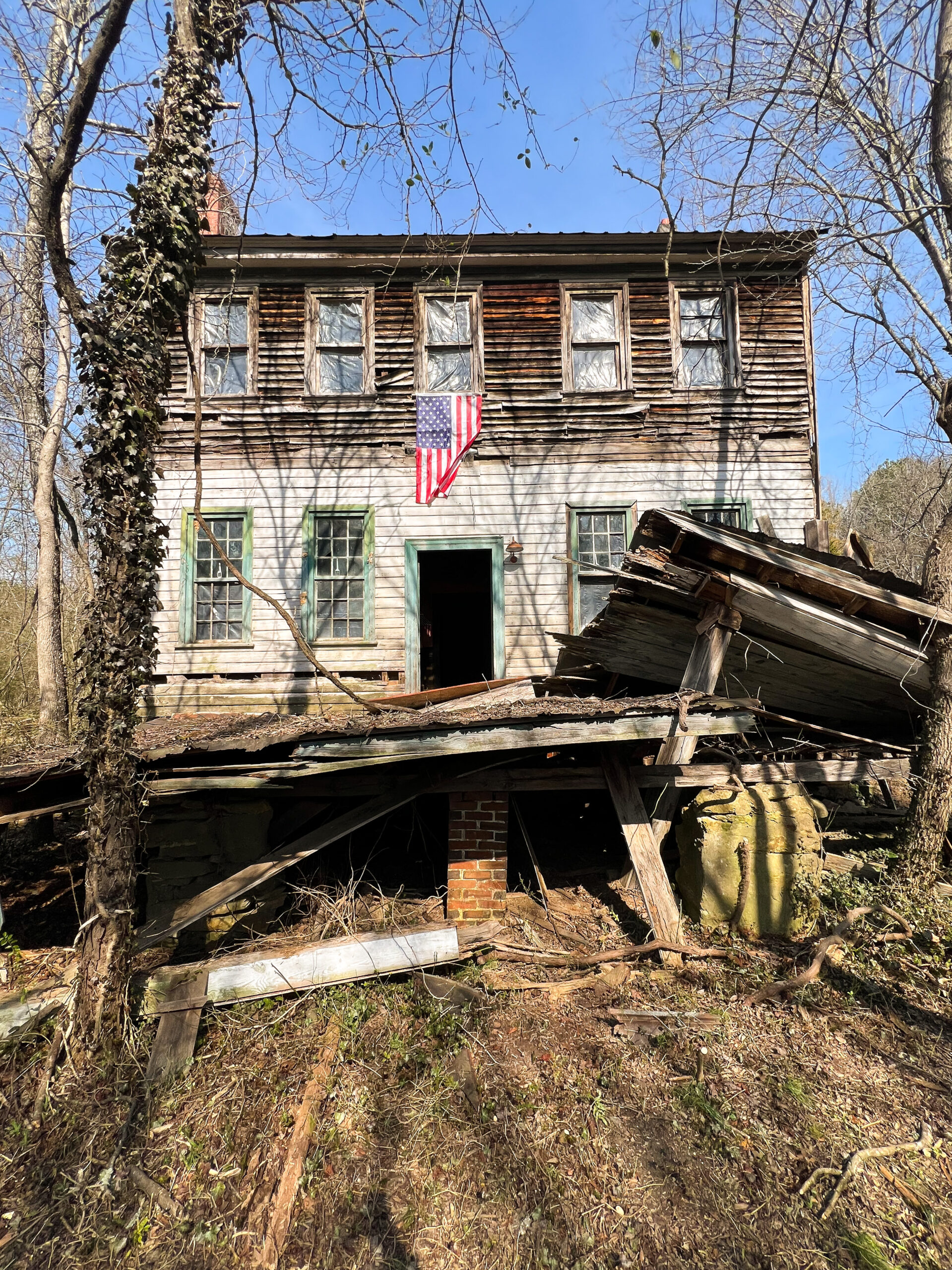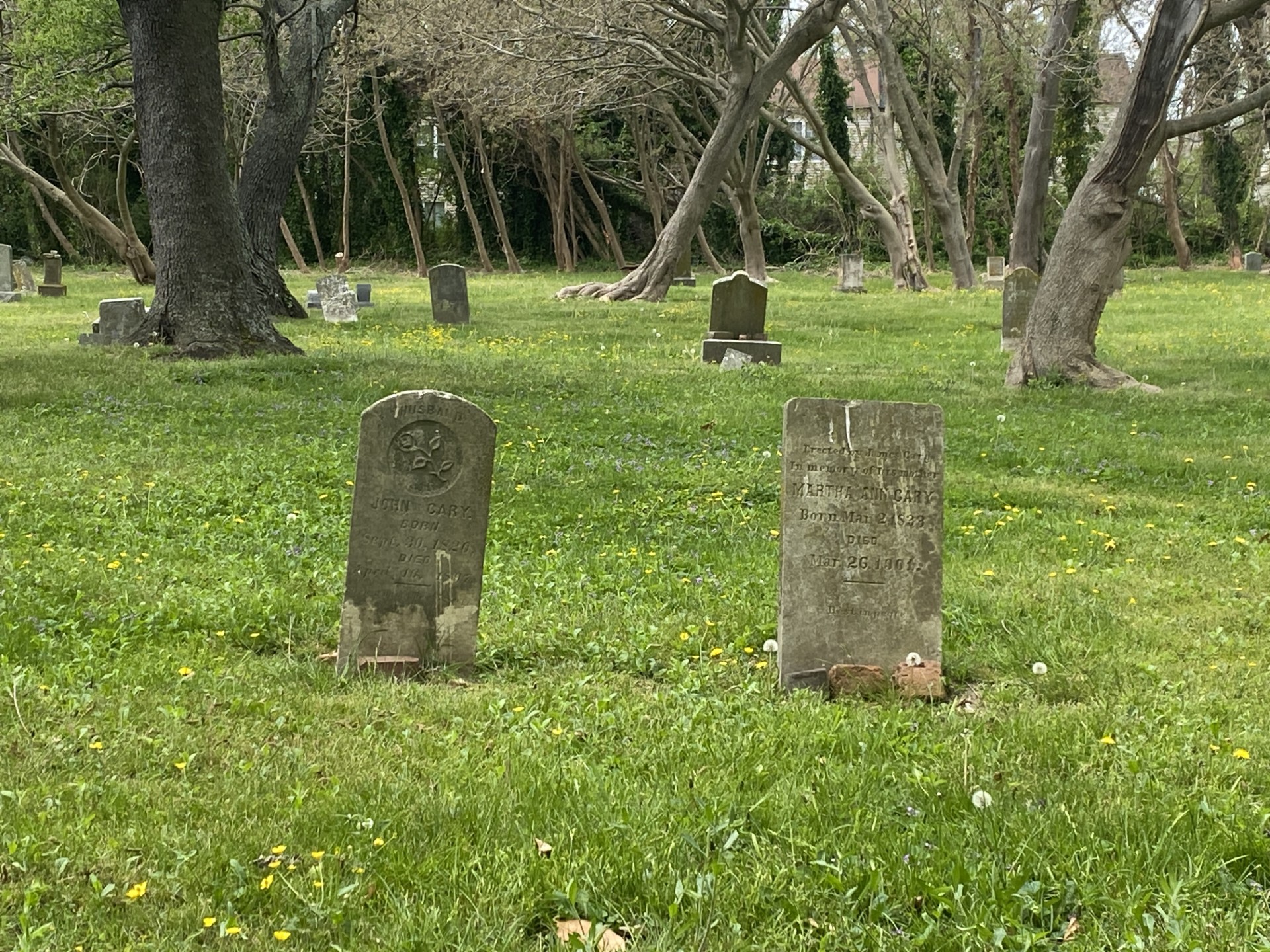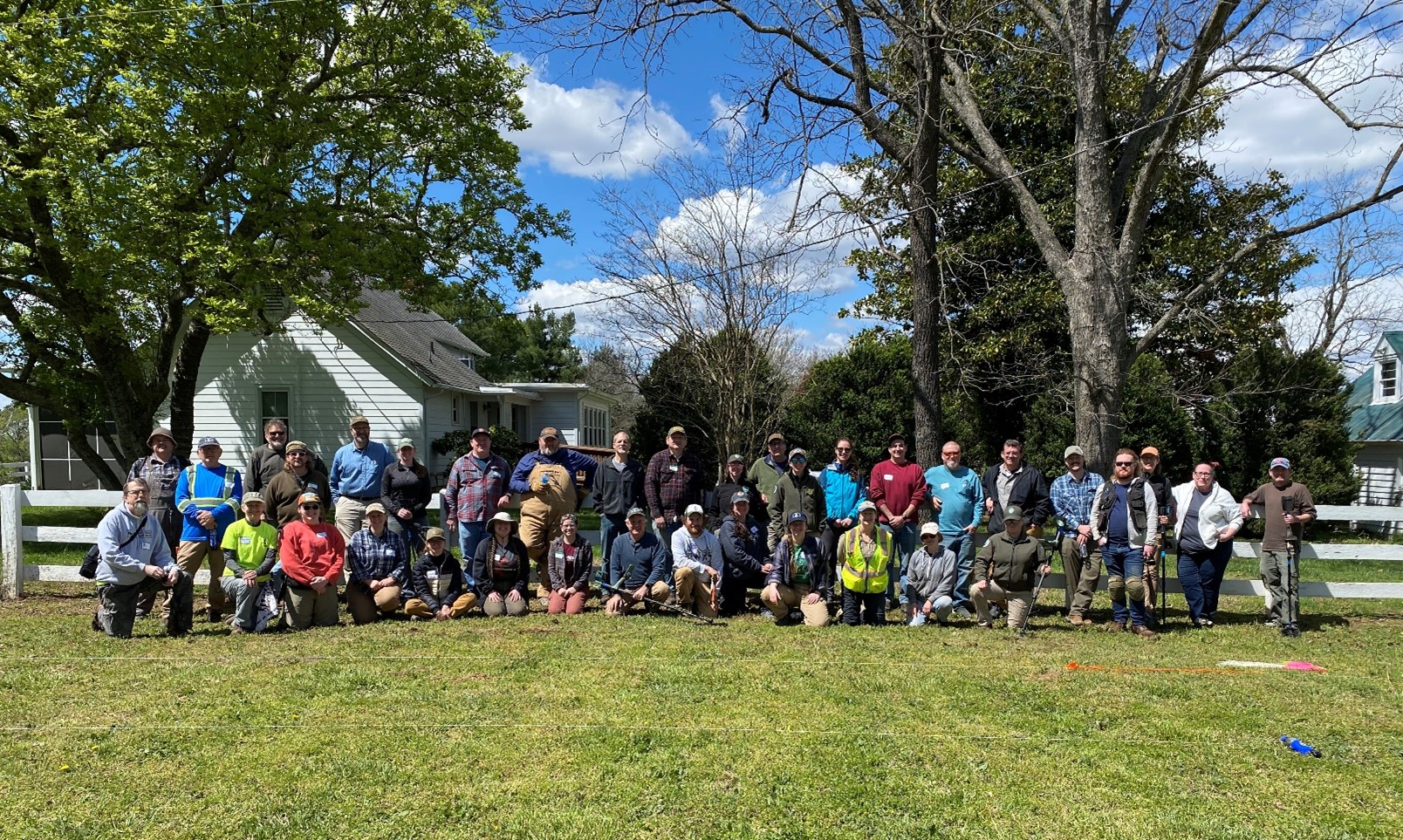Archaeology at Eyreville, Northampton County
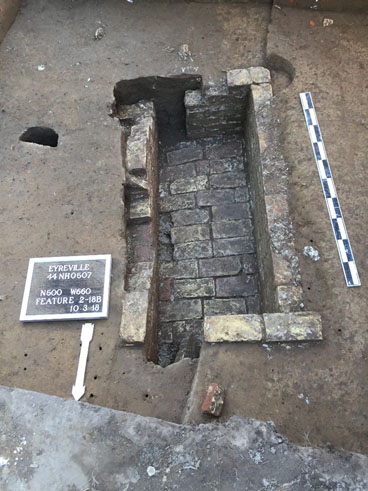
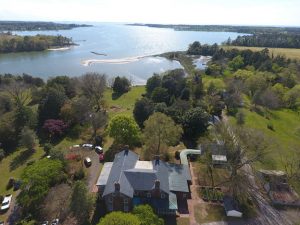
DHR staff was first alerted to the possibility of an early colonial site at Eyreville, in Northampton County on Virginia’s Eastern Shore, in the winter of 2017. Since that time DHR has sponsored (in partnership with the Archeological Society of Virginia and the US Forest Service’s Passport In Time program) three field schools and conducted several additional investigations at the site.
What we know about the site from the extensive documents available at the Northampton courthouse archives is that John Howe received a patent for the property in 1637. The documents indicate that Howe already occupied the property at the time. We also know that he was living on the Eastern Shore by 1623 and represented Northampton County in the House of Burgesses at Jamestown. Therefore, it is evident that sometime between 1623 and 1637 he built a house at the site.
Two subsequent owners occupied the property before the end of the 17th century. The third one, Colonel William Kendall, a wealthy trader, served as the Speaker of the House of Burgesses. Documents indicate Kendall built a new house at the site in 1682, just four years before his death. There are also indications that he may have built a house shortly after his purchase of the property in 1657. His descendants held the property until 1799, when it was sold to the Eyre family and a new house was built at that time. The Eyre house still stands on the property. Continuously occupied since Howe first built his house, Eyreville, we believe, is the oldest colonial site to be excavated on the Delmarva Peninsula.
Archaeologically we have discovered remains of one, and possibly two, post-in-ground structures related to the first years of the site. We have also uncovered two larger brick structures that likely represent the houses built by Kendall. This past spring, we also discovered a well with the help of Jamestown Rediscovery’s new ground penetrating radar unit. Subsequent testing was conducted to verify the radar indications and we have determined that it is, indeed, a well. Several other hints at structures and other features have been observed in our excavations, and in the future we hope to be able to better understand the 17th-century landscape at Eyreville.
Artifacts recovered at the site so far complement what we have discovered in the early documents. We have very good evidence of the first years of occupation including a number of Richmond Farthings dating to the 1620s and 1630s, Jetons (tokens or coin-like discs) from the late 1500s to early 1600s, tobacco pipes from the early decades of the 17th century, and a great deal of English and German ceramics from these early years.
Interestingly, we have also recovered artifacts and reviewed documents that indicate trade with Dutch merchants and possibly the occupation of the vicinity by Dutch colonists. We have hundreds of yellow Dutch bricks, manufactured in Gouda and found only on the earliest of colonial sites. The number of Dutch tobacco pipes points to this early trade as well. We also have recovered more than 800 locally made tobacco pipe bowls and fragments that were likely manufactured by Native Americans living on the shore and in the Chesapeake region.
The artifacts recovered at the Eyreville site and excavated features, when combined with the documentation, will help us to understand the site as it evolved over time.
—Michael Clem, Archaeologist, Eastern Region Preservation Office
